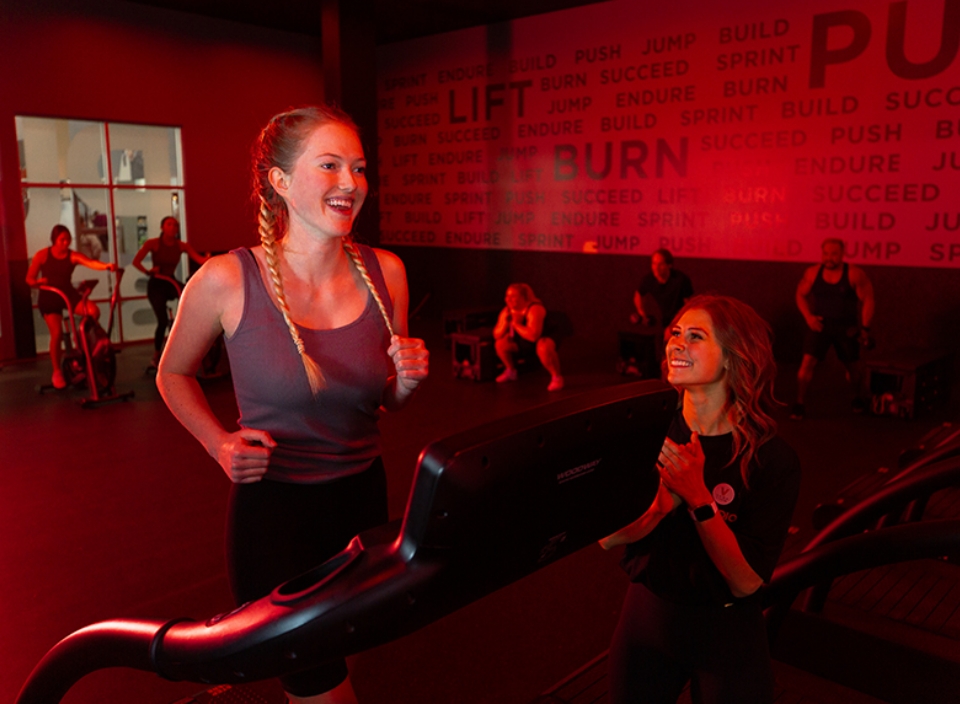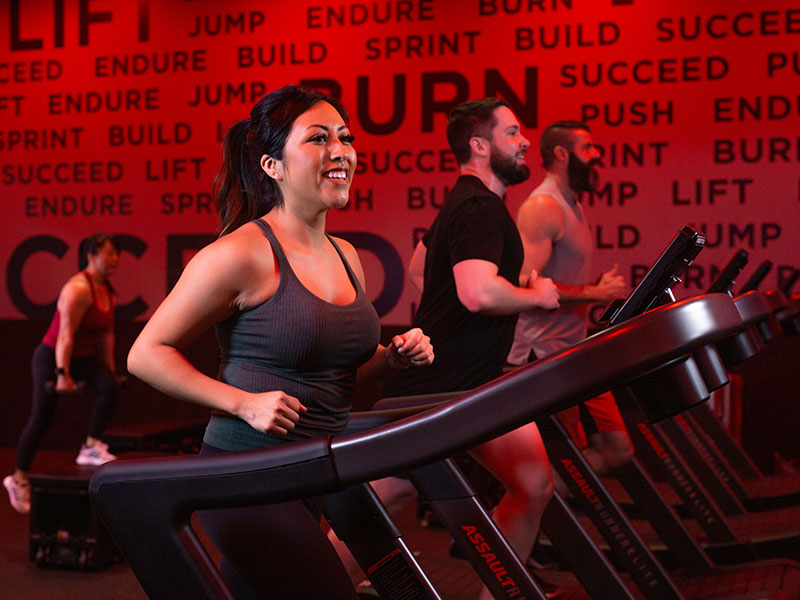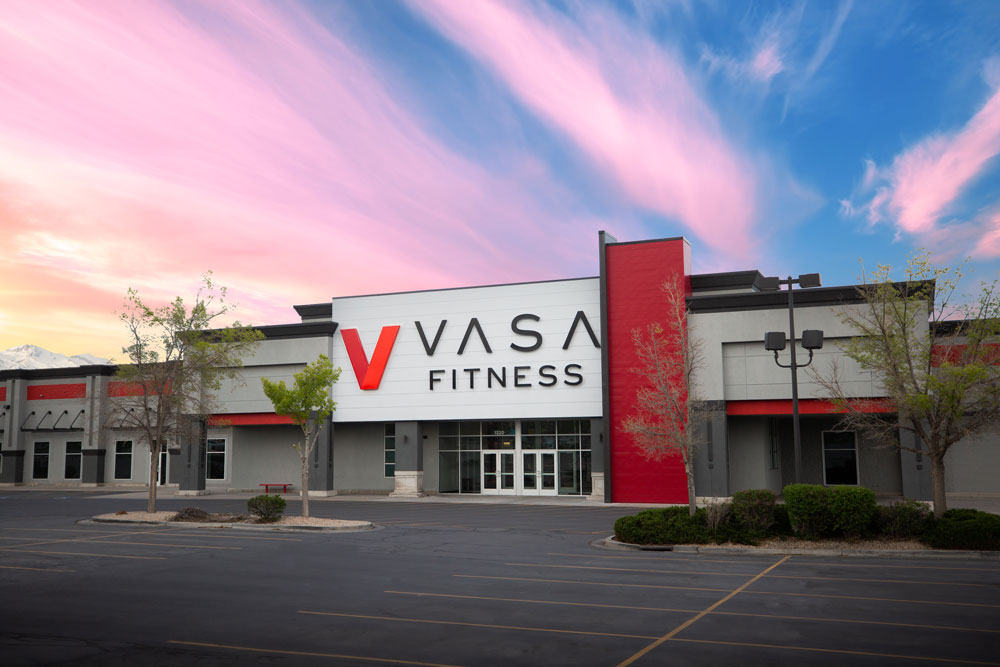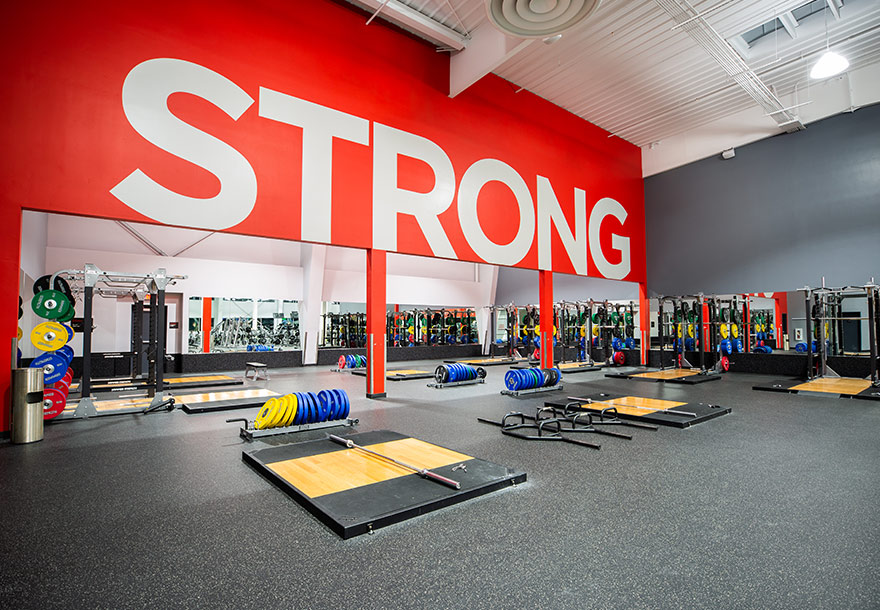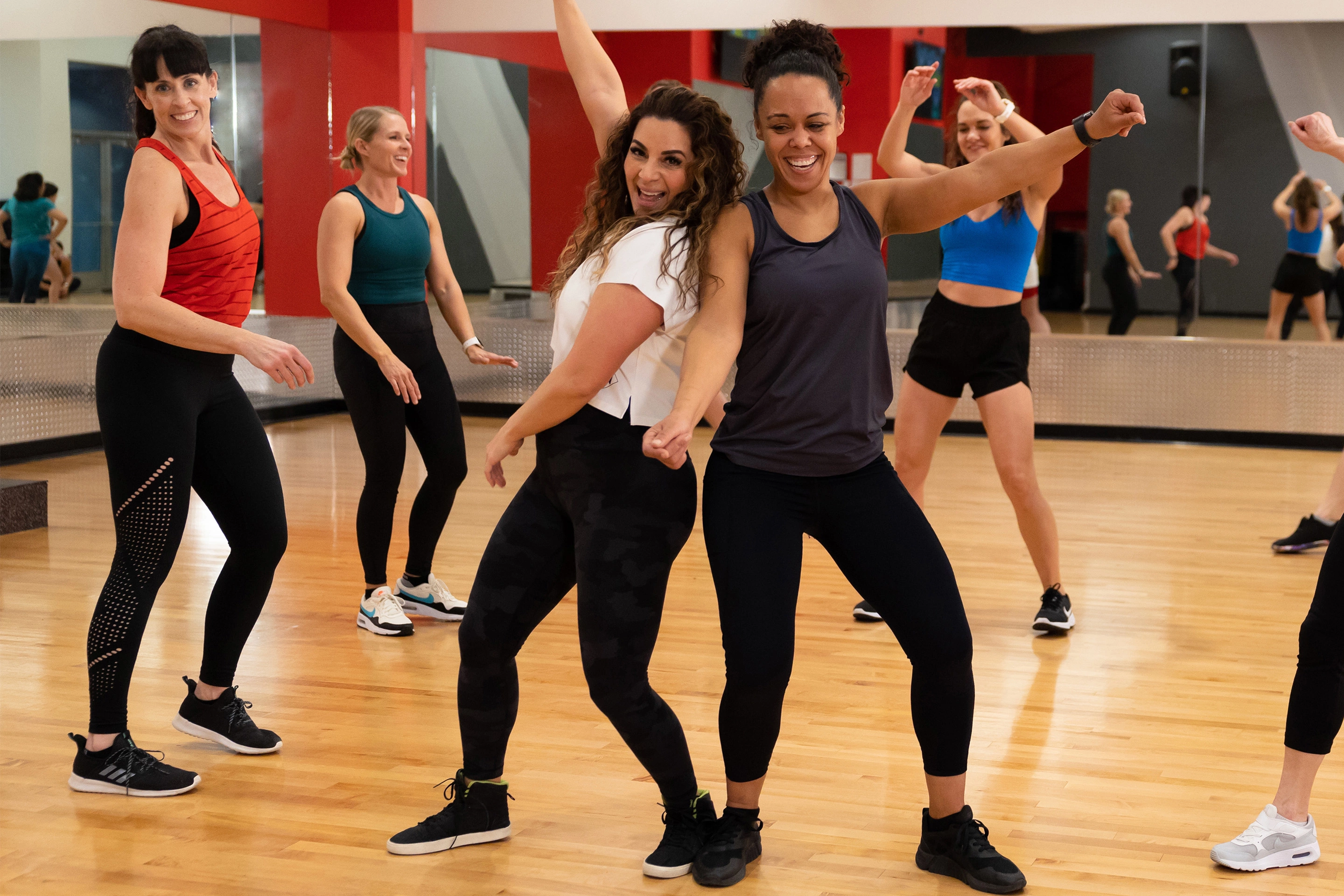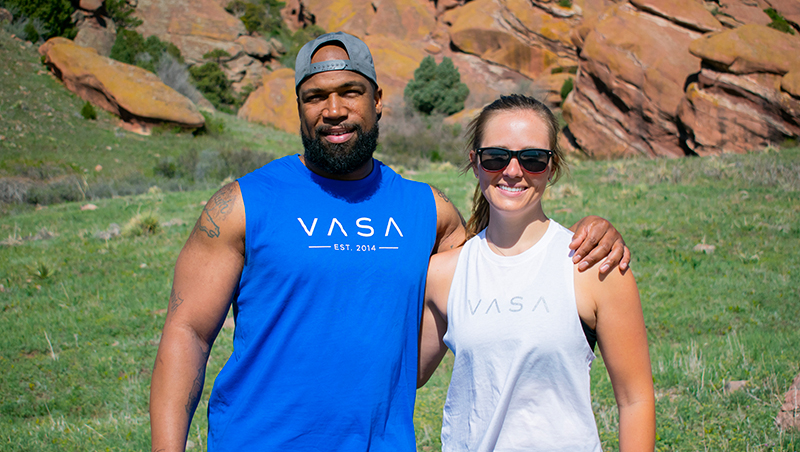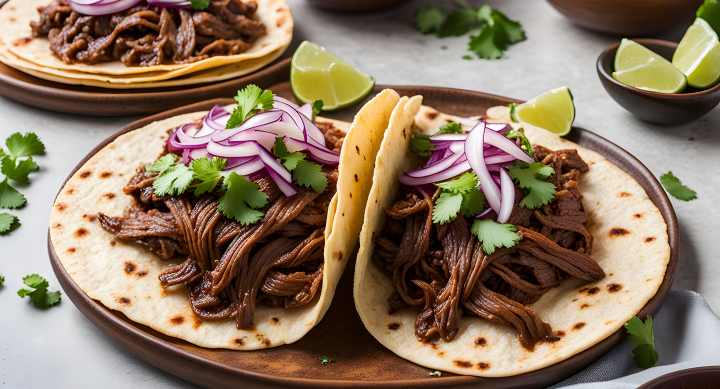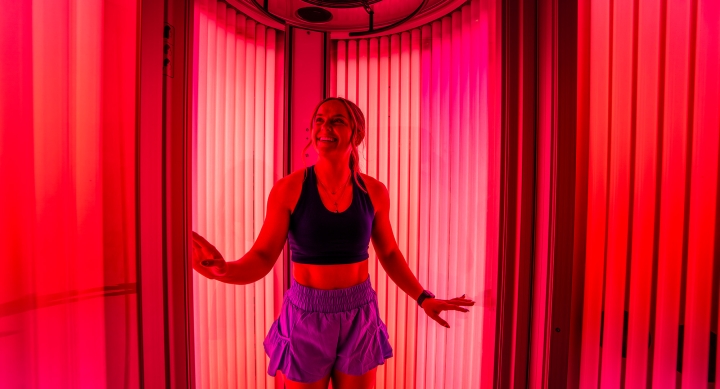How to Acclimate to Hot Weather
Resumen rápido
Acclimating to hot weather helps the body adapt to heat stress, reduces the risk of heat-related illness, and improves performance in warm conditions. Through consistent exposure, your body increases sweat production, improves thermoregulation, and lowers core temperature and heart rate during exercise. This process usually takes 14 days of gradual exposure, either outdoors or in controlled environments like saunas or steam rooms. Staying hydrated is critical, as dehydration impairs performance and increases the risk of heat exhaustion or heat stroke.
This article explains how heat acclimation works, strategies for adjusting when moving from cold to hot climates, hydration best practices, and safe exercise tips for managing heat stress. It also highlights signs of heat-related illness and how to prevent them, plus practical ways athletes and everyday exercisers can build tolerance safely.
Qué ofrece:
- Explains why sweat production and thermoregulation are key to heat adaptation.
- Outlines how to acclimate with daily heat exposure, sauna use, or gradual outdoor exercise.
- Provides hydration strategies to reduce heat stress and prevent dehydration.
- Identifies signs of heat exhaustion and heat stroke, plus immediate actions to take.
- Shares safety tips for exercising in hot environments, including workout timing, clothing, and intensity management.
Para quién es:
Athletes, outdoor exercisers, people transitioning from cooler to hotter climates, and anyone preparing their body to perform safely and effectively in hot weather.
Why Sweat Production Is Important For Hot Weather & Reducing Heat Strain
Despite the annoying (and sometimes embarrassing) nature of sweat, sweat is the natural way for the body to cool itself. Sweat is your body’s natural air conditioning system. Sweat glands are responsible for producing sweat, and with heat acclimation, these sweat glands become more efficient, increasing sweat rates and improving evaporative cooling. Additionally, sweating helps regulate skin temperature, and reductions in skin temperature are key indicators of improved thermoregulation and heat adaptation.
While sweat might not look great, the better your body is at sweating, the better you can handle hot temperatures.
The release of body water in hot temperatures has several steps that need to happen before you can more effectively cool yourself and build heat tolerance. It’s common during spring for the weather to fluctuate between very warm and cooler days. Most of us are excited for nice weather and want to take advantage of warmer days by spending more time outside doing the activities they love. However, if you live in a colder environment with chilly winter temperatures, your body isn’t quite prepared for the heat. Heat physiological factors, such as changes in thermoregulation and cellular responses, play a significant role in how the body adapts to a hot environment.
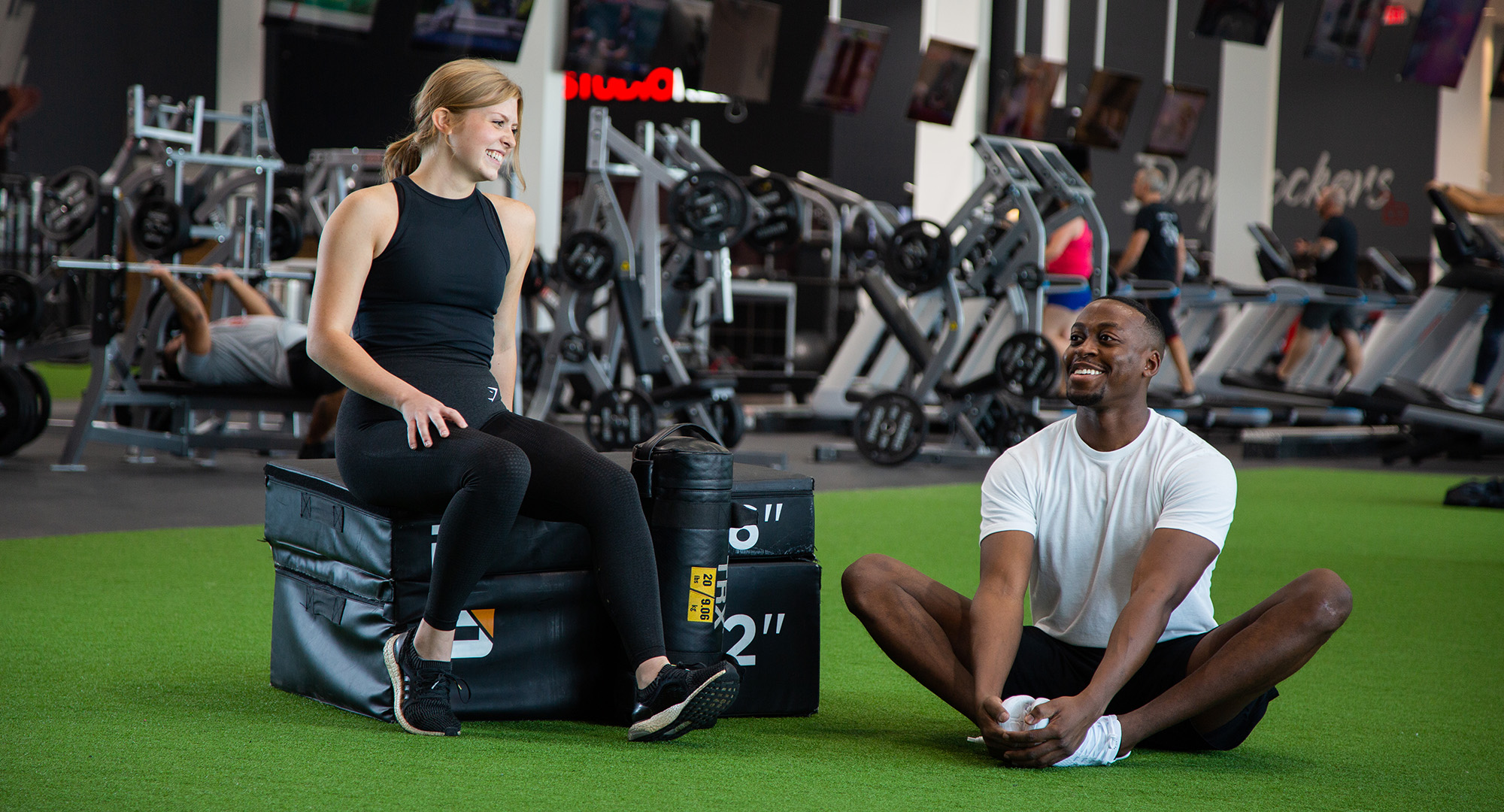
How Human Heat Acclimation Works
Heat acclimation leads to increased sweat rates to better cool the body, but there are also many other positive heat adaptations that occur when acclimated appropriately, like decreased heart rate and ratings of perceived exertion (how hard a workout feels), as well as increased performance and internal body temperature control. These adaptations involve improved physiological responses, such as enhanced sweating and vascular adjustments, and a reduction in physiological strain, including lower heart rate and core temperature during exercise in the heat.
Heat acclimation also promotes cardiovascular stability, helping the body maintain stable blood pressure and cardiac output during heat stress. In addition to increased performance, heat acclimation can improve exercise capacity and lead to improved exercise performance in hot environments. Acclimation can also result in a lower core temperature during exercise, which helps manage heat stress more effectively.
These things don’t happen overnight, though. It takes about 20-30 minutes per day for 14 days to fully acclimate to activity in hot temperatures. The exercise intensity maintained during heat exposure is important, as different intensities can optimize the acclimation process and physiological benefits. Ultimately though, you don’t have to do activity in the heat, you simply need to be exposed to it to become adjusted to having an elevated body temperature.
How to Start Heat Acclimatization
Puede aclimatarse al calor estando al aire libre (si las temperaturas se mantienen estables durante el período de 14 días), o puede relajarse en un sauna, like the ones in the wet area at your local VASA. If you live in a humid climate, you might want to opt for the steam room instead of a dry sauna. Steam rooms mimic a hot, humid climate and make it harder for the body to cool because sweat can’t evaporate as quickly, increasing the challenge for thermoregulation compared to dry heat. Regular sauna sessions done during cooler months will give you a head start on hot temperatures before they happen.
Moving from Cold Climates to Hot Climates
Transitioning from a cold climate to a hot climate can be a significant adjustment for your body. In cold climates, your body is accustomed to conserving heat and may not be prepared for the increased heat stress of a hot environment. When you move to a place with hotter weather, your body needs time to adapt and start its process of heat acclimatization.
To ease this transition, start by spending time outdoors during the early morning or late evening when temperatures are lower. Gradually increase your time outdoors as your body becomes more comfortable with the heat. This slow exposure helps your body adjust without overwhelming it. Staying hydrated is also crucial, as it supports your body’s ability to manage heat and maintain a stable core body temperature, while avoiding risk of heat-related illnesses. Take breaks as you exercise heat acclimation to enjoy air conditioning and cold, healthy treats.
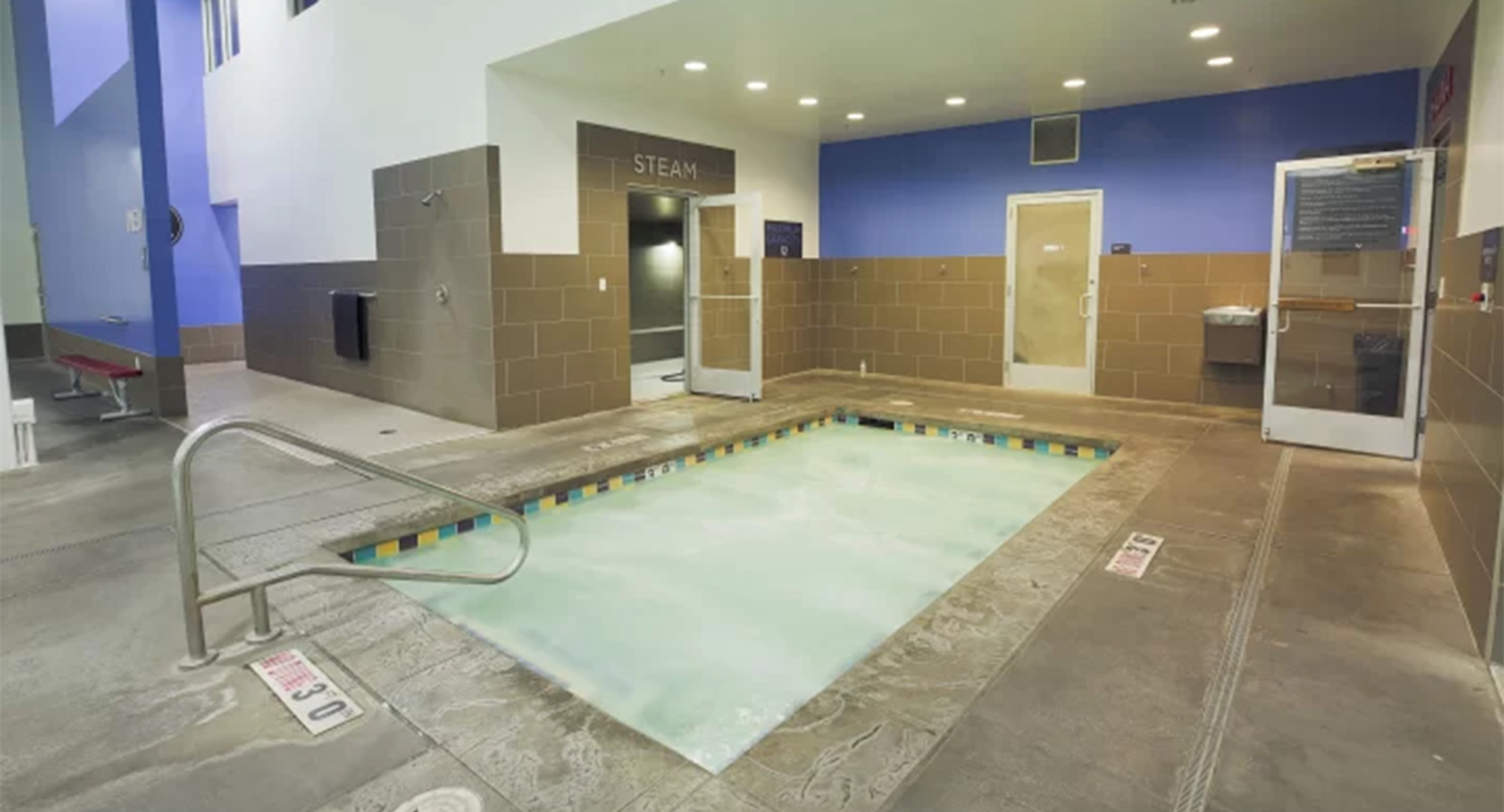
Staying Hydrated to Prevent Heat Stress
Drinking cold water before and during exercise can help regulate your body temperature and support acclimation to hot conditions. Hydration is key to acclimating to heat for physical activities. Ensure you are drinking plenty of fluids and eating foods that contain a lot of water, like the ones found in this Blog VASA. La hidratación ayuda a que todas las funciones corporales funcionen correctamente, por lo que debe ser un enfoque antes, durante y después de un entrenamiento para no generar estrés adicional en su cuerpo al deshidratarse.
Ingesta insuficiente de agua also puts you at risk of dehydration, heat exhaustion, and heat stroke. Dehydration occurs when too much water is lost and is not replaced in a timely manner. You can judge your level of dehydration by looking at your urine color. Dark yellow means you need water now, whereas a light or colorless fluid means you are adequately hydrated. Low hydration levels negatively impact workout performance and can put you at risk of heat exhaustion. Proper hydration is essential for maintaining aerobic performance while preventing an overly elevated core temperature.
Signs of Heat Exhaustion & Heat Stroke
Signs of heat exhaustion include dizziness, thirst, heavy sweating, nausea, and weakness, which could become very serious if not addressed quickly. Heat stress or exhaustion occurs when your body can’t cool itself off fast enough. If you start to feel any of these symptoms, move to a cooler area, sip water, loosen clothes, and seek medical attention if symptoms do not improve. Heat stroke is a life-threatening condition. Symptoms include confusion, dizziness, and loss of consciousness. Move the person to a cooler area, loosen clothing, and cool with water while waiting for help to arrive.
Tips For Exercising Safely In a Hot Environment:
- Prepare su cuerpo para las altas temperaturas utilizando sauna o baños de vapor durante los meses de invierno y primavera.
- Schedule your workouts for the early morning or late evening when temperatures are lower.
- Start with a brisk walk as a gentle way to begin heat acclimation before progressing to more intense exercise.
- Choose lightweight, loose-fitting clothing in light colors to help your body stay cool when exercising outside
- Beba muchos líquidos (incluidos electrolitos) antes, durante y después del ejercicio.
- Incorporating interval training as your build up tolerance to help your body adapt to exercise heat stress
- Competitive athletes may need to use higher exercise intensities during heat acclimation to achieve optimal adaptation.
- Desarrolla tu tolerancia al calor en el transcurso de dos semanas.
- Stop exercising if you feel any symptoms of heat related illness, like dizziness, nausea, or headaches.
- No intente igualar su rendimiento de ejercicio en climas fríos con temperaturas más altas.
- Remember, sweat production is essential to cooling the body and nothing to be embarrassed about
- Take breaks with workouts inside in air conditioning
- After your workout, using a hot tub or enjoying post exercise sauna bathing can further improve your heat tolerance and aid in muscle recovery.
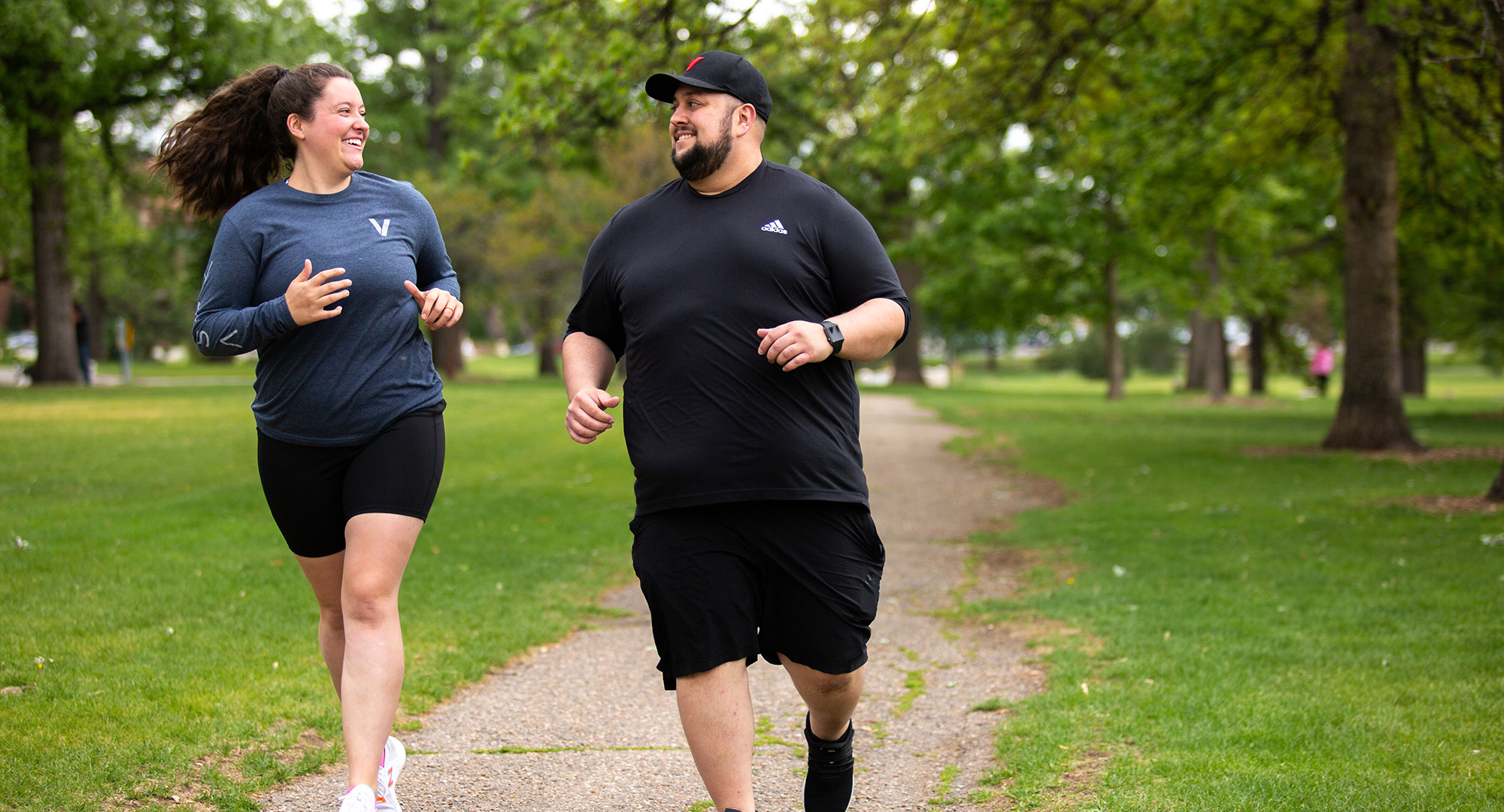
Work On Your Heat Acclimatization at VASA
Whether you are hitting the gym or heading outside for a run, make sure you have spent some time getting your body ready for hotter weather. Hot temperatures can put you at risk of dehydration, heat exhaustion, and heat stroke if you are not used to the heat or exercising too hard in hot weather.
Heat exposure and heating during training sessions can help build thermal tolerance and reduce cardiovascular strain, making it easier for your body to cope with hot conditions. VASA offers sauna and steam rooms that you can use to prep for warmer weather during cooler months, and in the summer, VASA’s air conditioning and excellent gym facilities can give you a break from the heat. Try VASA for free today!
Frequently Asked Questions About Heat Acclimation
How long does it take to acclimate to hot weather?
It typically takes 10–14 days of consistent exposure, about 20–30 minutes per day, for the body to adjust to hot conditions and improve thermoregulation.
How can I increase my tolerance to hot weather?
Gradually increase your heat exposure over two weeks by spending more time outdoors, training at lower intensities, or using saunas and steam rooms. Consistency, hydration, and rest breaks help your body adapt safely.
Can sauna or steam room use help with heat acclimation?
Yes. Regular sauna or steam room sessions mimic hot environments, improving sweat efficiency and cardiovascular responses, making them effective tools for acclimation.
What are signs of heat exhaustion or heat stroke?
Heat exhaustion symptoms include dizziness, nausea, heavy sweating, and weakness. Heat stroke is more severe, with confusion, fainting, or loss of consciousness, and requires immediate medical attention.
How should I exercise safely in hot weather?
Schedule workouts in cooler times of the day, wear light clothing, build up tolerance gradually, and take breaks in air conditioning when needed. Always stop if you feel unwell.
SUSCRÍBETE A NUESTRO BLOG
¡Introduce tu email para empezar a recibir nuestros emails del blog!
